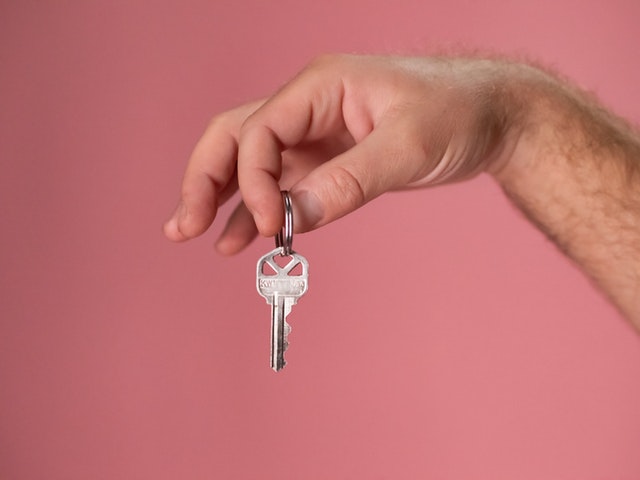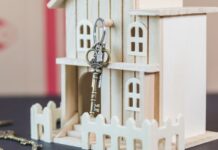Navigating the real estate foreclosure process is intimidating as buyers negotiate with an institution. Here are the advantages and disadvantages.
It’s sometimes trying to negotiate a real estate purchase with a bank, loan company, or mortgage company as the seller. The institution seems non-caring and even illogical at times, but some advantages make it attractive, namely price. A buyer can save dramatically on current market prices by purchasing a foreclosure. Knowing what to expect helps to be prepared for the experience.
A real estate foreclosure is a property that has been “taken back” by the priority lienholder. This entity is usually a significant bank, loan company, or mortgage company. The homeowners have defaulted on the payments and may have tried to sell the property for a short sale. The priority lien holder will then start legal proceedings to “take back” or “repossess” the home. All subsequent lien holders like home equity line and second mortgage companies are out of luck regarding debt recovery, plus the defaulting homeowners are out their initial down payment.
Most states in the US have been overwhelmed with a massive influx of foreclosures clogging the market and lowering prices drastically. So it’s an excellent time for investors to get a great deal, and there are distinct advantages and disadvantages to buying one.
Advantages
Prices and interest rates are at all-time lows: The real estate market works on the primary “supply and demand” principle. When the market is oversupplied, demand falls and prices fall. So not only do mortgage or finance company’s price the foreclosures under need, but they also tend to “price war” with their competitors in the same local markets. Regular home sellers can’t compete.
Liens: The liens are usually cleared through the legal act of foreclosure. Like mechanic liens, utility liens, old equity lines, and tax debts are generally cleaned up. It is different from a short sale, in which liens can pop up at any time, and a buyer can quickly get stuck paying them.
Repairs: The banks or mortgage companies will pay for major defects in a home that would prevent virtually anyone from getting a loan on the property, such as significant termite damage or a flooding problem.
Timely manner: The institutions want it done and off their books. The escrow period is similar to most other real estate transactions, between 30-60 days.
Highest bottom line: The institutions want the most significant bottom-line net for their foreclosures. An offer with a bounty of $100,010 with the buyers obtaining a loan can easily win out over an all-cash offer netting the bank $100,000.
Disadvantages
Condition issues: A defaulting homeowner is stressed out trying to save their home and credit score from foreclosure. The poor homeowner has just “had it” by the time a legal foreclosure process is underway. They can be furious and damage the property badly. Homes are often stripped of appliances, fixtures, and major components. There have been cases where cement poured down plumbing drains, and fires were set.
The lending institutions holding the foreclosures aren’t excited about paying for home inspections, warranties, or even activating utilities in preparation for a house inspection. So even if the buyers agree to foot the bill for these costs, it’s hard to get a liability release from them to proceed.
Highest and best
Numerous banks and mortgage companies wish to create bidding wars for their properties. For example, if several buyers submit offers simultaneously, the buyers might be asked for “highest and best”. Meaning it’s back to the buyers to better the deals with higher prices, shorter inspection periods, or removing contingencies.
Buying a foreclosure can be frustrating but well worth the extra effort.




